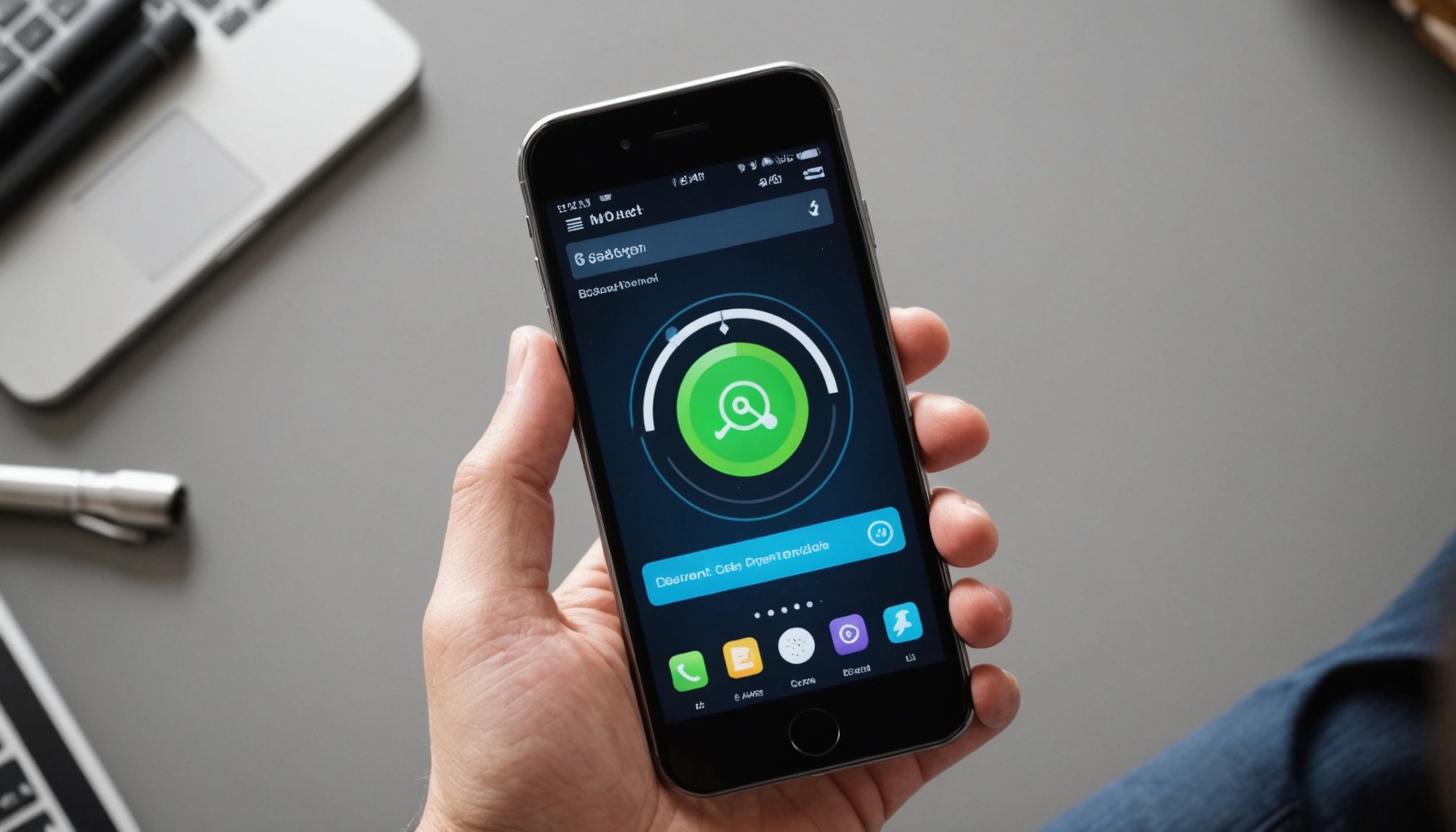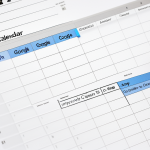Overview of Smartphone Performance Issues
Ever wondered why your smartphone’s performance takes a hit? Mobile performance directly impacts user experience, making it crucial to pinpoint common issues. Slow smartphone performance often arises from background app activity, outdated software, or insufficient storage. Identifying these causes is the first step to resolving them.
Performance dips can result in slower load times, unresponsive apps, and overall frustration. Addressing these issues often involves speed optimization techniques. Regular smartphone maintenance, like cache clearing and app management, plays a pivotal role in maintaining optimal performance.
Also to see : Top features to look for in a 2023 gaming smartphone: a buyer’s guide
To ensure a seamless experience, users should actively manage storage and software updates. By understanding these aspects, users can enjoy an efficient and smooth operation, minimising disruptions in their daily communication, entertainment, and productivity tasks.
In short, understanding and addressing the causes of poor smartphone performance can significantly enhance user experience. Keeping a smartphone in top shape requires attention to detail and consistent care. Regular maintenance and optimization will help ensure your device runs efficiently and meets everyday demands with ease.
Also to discover : Maximize your smartphone’s storage: tips to free up space without losing essentials
Clearing Cache and Data
Cache and data management are critical for keeping your smartphone running smoothly. Clearing app cache can eliminate temporary files that slow down the device. To do this, navigate to your phone’s settings, select ‘Apps’, find the desired app, and choose ‘Clear Cache’.
Managing and deleting unnecessary data is another vital step. Over time, unused files and photos can clutter your storage, affecting the device’s performance. Regularly review and remove outdated data. Most smartphones offer built-in features or apps to streamline this process. Utilising these tools can greatly improve storage optimization by freeing up space and allowing your device to run more efficiently.
The benefits of regular cache clearing are significant, with noticeable improvements in speed. Cache holds data that apps frequently access, which can build up over time and slow performance. By periodically clearing cache, you ensure that your device remains responsive. Regular maintenance in this area prevents minor issues from escalating and keeps your smartphone in top working condition.
By focusing on these simple yet effective practices, you can extend the life and performance of your smartphone, making it more reliable day-to-day.
Managing Applications
Efficient app management is vital for optimal smartphone performance. Identifying and removing unused apps can significantly enhance app performance and free up valuable resources. Many users install apps for temporary needs and forget to uninstall them, leading to clutter and potential slowdowns. To reclaim performance, regularly review and uninstall unused applications. This not only improves device efficiency but also tidies up your app drawer.
Organising apps is another key step to achieving efficiency and ease of access. Group similar apps into folders or arrange them according to usage frequency. This structured approach ensures you spend less time searching for apps, enhancing overall user experience.
Background app activity can stealthily degrade performance by consuming resources. Actively manage which apps have permission to run in the background through your smartphone’s settings. Reducing unnecessary background processes will conserve battery life and improve device speed.
Overall, diligent app management, from uninstalling redundant apps to controlling background activities, plays a crucial role in maintaining your smartphone’s performance. Implementing these practices empowers you to make informed decisions, extending the longevity and efficiency of your device.
Updating Software Regularly
Regular software updates are crucial for maintaining your smartphone’s optimal performance and security. Keeping the operating system current ensures that you benefit from the latest features and improvements. But why is this so important? Software updates provide necessary firmware upgrades that address bugs and enhance the device’s functionality.
Additionally, these updates deliver security patches to protect against vulnerabilities. Such patches are vital as they prevent malware attacks and data breaches, ensuring your smartphone remains secure. To maximise these benefits, it is advisable to automatically enable software updates. This ensures you never miss an update, allowing your device to receive enhancements promptly.
Here’s a straightforward way to check and install updates:
- Navigate to Settings.
- Tap on ‘Software Update’ or ‘System’.
- Click ‘Check for updates’.
- If an update is available, download and install it.
By regularly updating your smartphone’s software, you not only improve performance and security but also extend the device’s lifespan. Embracing these updates as part of your routine can lead to a seamless technological experience and keep your device running efficiently.
Battery Maintenance and Optimization
Proper battery care is essential for maintaining optimal smartphone performance. To extend your battery life, reduce screen brightness or set it to auto-adjust, disable location services when not needed, and close unused apps running in the background. These simple actions help preserve energy and maintain speed.
Understanding battery settings is key. Enable battery saver modes to manage consumption efficiently. These modes typically lower performance to conserve power, but they help maintain your device’s overall health. It’s also important to be aware of how your habits affect battery lifespan. Avoid extreme temperatures, and limit charging cycles to when necessary.
By knowing and avoiding common mistakes, you can protect your battery. Don’t let your battery fall below 20% frequently, as this can degrade its capacity over time. Similarly, overcharging, such as keeping your phone plugged in overnight, can harm battery health.
Routine monitoring and smart management can significantly improve battery performance. By implementing these strategies, you ensure not only a longer-lasting power source but also sustain the smooth operation of your smartphone, making it more dependable in your daily activities.
Utilizing Built-In Diagnostic Tools
Smartphones come equipped with diagnostic tools that offer a wealth of information about your device’s performance. These tools vary by brand but generally provide similar insights. Accessing them is usually straightforward—navigate to your smartphone settings and look for diagnostic or maintenance options. Once there, you can perform performance checks to monitor usage statistics, battery health, and more.
These tools help in identifying potential issues before they escalate. For example, abnormal battery drainage or app crashes can be detected and addressed earlier. The results are typically presented in a user-friendly manner, often with actionable recommendations to optimize the device. You’ll find suggestions for clearing up space, managing apps, and other ways to enhance performance.
Understanding how to interpret results from these diagnostics is crucial. They’ll often flag apps consuming excessive resources or indicate if your battery isn’t performing as it should. Implementing recommendations from these insights can lead to noticeable improvements in speed and efficiency. By making good use of these tools, you’re well on your way to maintaining a well-performing smartphone.
Common Troubleshooting Techniques
Identifying performance issues in smartphones can be straightforward with the right knowledge. Signs like overheating, lagging, or frequent app crashes signal that action is needed. To address these, start with simple troubleshooting steps. Restarting the device often resolves issues by closing background processes. Also, ensure all your apps and the operating system are up-to-date, as this can eliminate bugs.
For quick fixes, adjusting settings is often beneficial. Lowering graphics quality or disabling unnecessary animations might boost performance. Another common solution is to reset app preferences, helping resolve conflicts between applications without losing data.
However, not all problems can be fixed at home. If trying the above steps doesn’t improve performance, it might be time for professional help. Persistent issues could indicate hardware failure, necessitating expert intervention to prevent further damage.
By learning these troubleshooting techniques, users become more adept at managing and resolving everyday smartphone problems. Taking control early prevents minor issues from becoming major hindrances, ensuring uninterrupted mobile connectivity and utility. Remember, understanding your device means staying ahead of potential technical difficulties.
Potential Pitfalls to Avoid
Understanding maintenance mistakes can prevent exacerbating smartphone issues. One common misconception is over-closing apps. While it seems beneficial, force-stopping apps can increase battery usage and slow down performance due to the extra power needed to restart these apps.
Another pitfall involves ignoring software updates. Delaying updates can leave your device vulnerable and sluggish as updates often include vital improvements and security patches.
Be wary of performance traps like using unreliable third-party apps for optimization. These can introduce malware, causing more harm than good. Instead, use built-in tools for safe optimization.
User errors such as neglecting storage limits also impact performance. Overflowing your device’s storage can decelerate processes. Regularly delete non-essential files and apps to maintain speed.
Tips for avoiding these pitfalls include:
- Trust built-in performance tools rather than third-party apps.
- Prioritize storage management to enhance performance.
- Always install software updates to stay secure and efficient.
By being mindful of these pitfalls, and applying best practices, users can significantly improve their smartphone’s longevity and efficiency.










